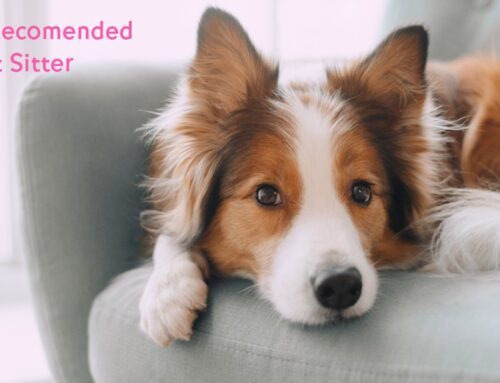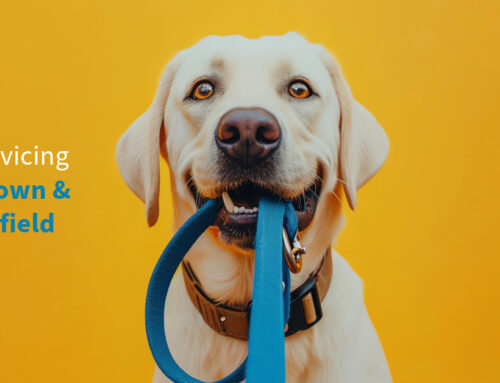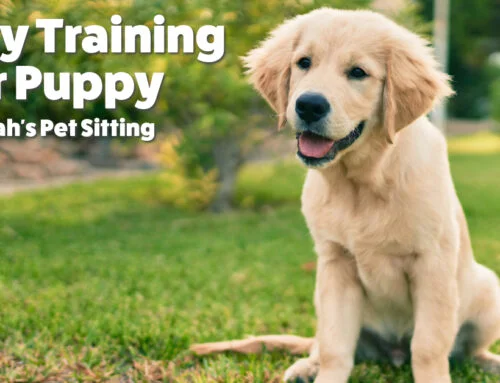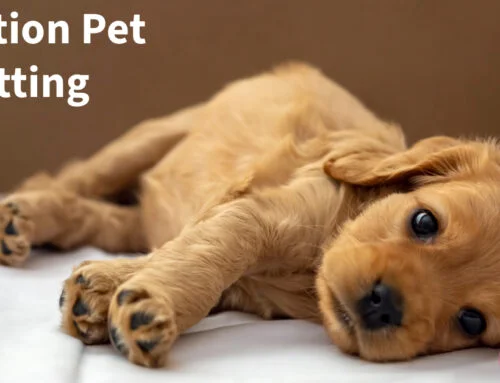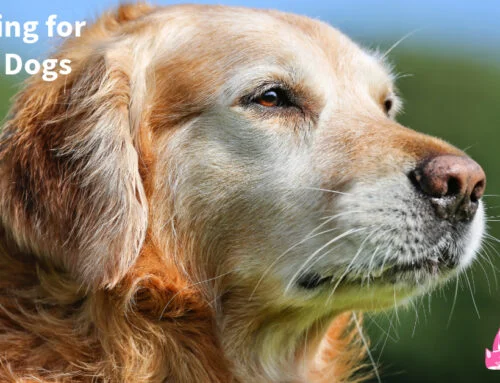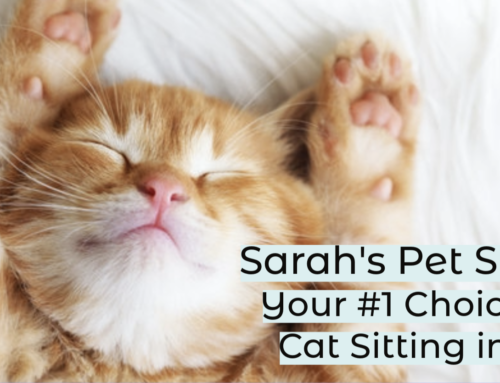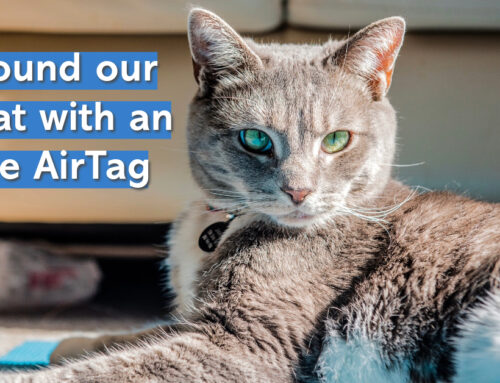How Much Exercise Does My Dog Need?
[/mp_text] [/mp_span] [/mp_row]Every dog needs exercise to be happy and healthy, but how much exercise is enough? There are many factors that come into play in determining how much exercise is best and beneficial to each dog. Age, health, and breed, all play a part. Always check with your veterinarian before changing how much exercise your dog is getting.
[/mp_text] [/mp_span] [/mp_row]Sarah’s Pet Sitting is proud to offer In Home Dog Training
[/mp_text] [/mp_span] [/mp_row]Age
Very young puppies under six months old should be allowed to play as much as they want on soft surfaces. At this age jumping on or off of things onto hard surfaces and using stairs should be discouraged, but they should be allowed to do as much jumping, crawling, running, swimming, digging,and other such things as they want on soft surfaces like grass. Puppies at this age should not be required to run on hard surfaces either.
[/mp_text] [/mp_span] [/mp_row]Older puppies, six months to 18 months, should follow the same rules as slightly younger pups, but you can add in more structured exercise, like long walks on sidewalks, and games like fetch. Jumping on hard surfaces should still be discouraged. This is a great age to start thinking about what kinds of sports your dog might want to participate in, and consider taking some beginners classes.
[/mp_text] [/mp_span_inner] [/mp_row_inner] [mp_row_inner] [mp_span_inner col=”12″] [mp_text mp_style_classes=”mpce-font-opensans-300″ margin=”20,none,none,none”]Adult dogs can exercise with very little limitations based on age. In general an average healthy adult dog should have AT LEAST an hour of focused exercise each day. Going on walks is a great way to exercise the brain as well as the body. Partner games such as fetch, tug, or flirt poles are also good options for exercise. If you are unable to provide your dog with an hour a day of focused exercise, consider hiring a Pet Sitter to come out and take your dog for a walk while you are at work.
[/mp_text] [/mp_span_inner] [/mp_row_inner] [/mp_span] [/mp_row]Senior dogs still need exercise too! Many studies have proven that bone or joint problems can be helped by regular exercise, and there are always more treatment options for fit dogs than for dogs that are not as healthy. Easy walks and gentle games of fetch are great options for senior dogs.
[/mp_text] [/mp_span] [/mp_row]Health
Overweight dogs definitely need more exercise and less food to help them shed the pounds and be happier and healthier, but you must be careful not to overexercise them at first. It is best to check with your veterinarian if you think your dog is overweight and needs more exercise. Gentle walks are a great start, slowly make them longer as your dog gets stronger and healthier.
Dogs who are missing limbs need careful exercising to ensure that their remaining limbs are strong and healthy, but they must be kept as safe as possible from joint damage due to over exercising. Keeping them on softer surfaces is a big help, as well as limiting the amount of jumping they do. Swimming is a great option to reduce joint ware.
Dogs with other health problems should be seen by a vet before starting any exercise program. Make sure you understand your dog’s limitations before getting started.
[/mp_text] [/mp_span] [/mp_row]Breed
Brachycephalic dogs, or dogs with short snouts, like pugs, bulldogs, and boxers, should not be heavily exercised in warm weather. Because their noses are so short they often have problems cooling themselves and can overheat quickly. These dogs should only be exercised in the cool parts of the day. Brachycephalic dogs often have breathing problems too, and should not be forced to exercise past what they are willing to do on their own. Remember to listen to your dog, and check in to make sure he is still having fun.
High energy dogs, like pit bulls, border collies, aussies, boxers, and many more, need more creative exercise than just a walk. They often need to learn brain games or play with food puzzles to help tire them out. Consider a session with our dog trainer to learn just what kinds of games you can play with your high energy dog. These dogs are also great candidates for our dog running service.
Very small dogs, like chihuahuas or yorkies, still need more exercise than just playing in the house or yard. They need stimulation for their brains as well as their bodies. Good long walks are excellent for this.
Dogs with long backs and short legs like corgies or dachshund often develop back problems due to obesity or poor exercise. Like all dogs these breeds still need exercise but they should not be allowed to jump up or down on furniture, and care should be taken around stairs.
With any breed you should do your research to find out what your breed was originally bred for, as well as what, if any, exercise should be limited.
[/mp_text] [/mp_span] [/mp_row][/mp_text] [/mp_span] [/mp_row]

